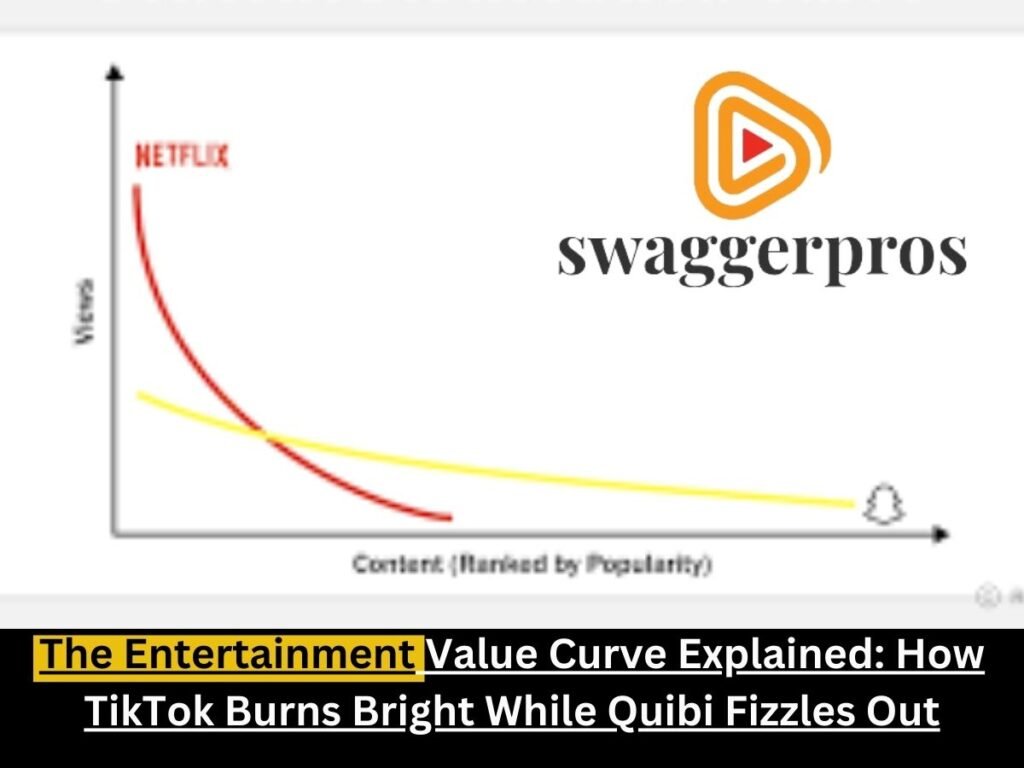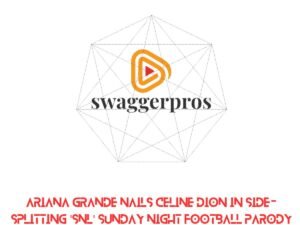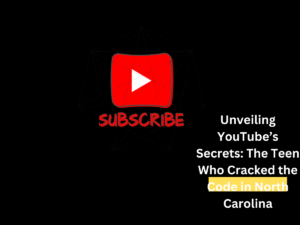
The Entertainment Value Curve Explained: How TikTok Burns Bright While Quibi Fizzles Out
Introduction
The rise of short-form video content has forever altered how we consume entertainment. In this landscape, two platforms have taken very different paths—TikTok, a social media giant that’s transformed how we engage with bite-sized entertainment, and Quibi, a short-lived platform that promised premium content but fell flat. Why did TikTok soar while Quibi fizzled out despite its big-budget content? The answer lies in the concept of the entertainment value curve—a measure of how well a platform engages users and keeps them coming back. In this article, we’ll dive deep into the entertainment value curve, using TikTok and Quibi as case studies to explain why one caught fire and the other burnt out.
What is the Entertainment Value Curve?
The entertainment value curve represents the trajectory of how content holds the attention of its audience. It measures how quickly a viewer is captivated and how long they stay engaged. Platforms that succeed in maintaining high levels of engagement consistently occupy the upper parts of the curve, where users spend more time consuming content. In contrast, platforms that fail to spark ongoing interest tend to slide down the curve.
In the fast-paced world of digital entertainment, attention spans are shorter than ever. Platforms that understand and leverage the entertainment value curve build lasting, loyal audiences. Let’s explore how this applies to TikTok and Quibi.
TikTok: A Case Study in Success
TikTok’s explosive growth is nothing short of phenomenal. Launched internationally in 2018, it quickly became the go-to platform for short-form video content. With features like trending challenges, viral songs, and algorithmically-driven content suggestions, TikTok has managed to captivate users across multiple demographics.
One of the key reasons TikTok dominates the entertainment value curve is its ability to keep users engaged for long periods. Its algorithm curates an endless stream of personalized content, making it nearly impossible to stop scrolling. The platform’s emphasis on user-generated content adds to the fun, as anyone can become a creator, and viral trends spread like wildfire.
Quibi: What Went Wrong?
Quibi, on the other hand, had a very different story. Launched in 2020, the platform promised high-quality, short-form content designed specifically for mobile devices. With star-studded shows and millions of dollars invested in original content, Quibi seemed destined for success. However, just six months after its launch, the platform shut down.
So, what happened? Quibi failed to capture the entertainment value curve. While it produced professional content, it missed the mark on audience preferences. Viewers didn’t connect with the rigid, episodic structure, and the lack of user-generated content meant there was no viral element to draw people in. Quibi’s attempt to offer high-budget content in small doses just didn’t resonate with a generation used to fast, interactive, and community-driven platforms like TikTok.
The Role of the Algorithm
One of TikTok’s most potent weapons is its algorithm, which tailors content specifically to individual users. As soon as you start interacting with videos—liking, sharing, or commenting—the algorithm refines what you see. This constant feedback loop ensures users are always shown content they enjoy, keeping them engaged and climbing the entertainment value curve.
Quibi, on the other hand, did not have an algorithm-driven experience. Instead, it relied on a catalog of professionally produced shows with no personalization. This lack of customized content failed to meet the needs of users who wanted quick, highly relevant entertainment.
User-Generated Content vs. Professionally Produced Content
Another factor that sets TikTok apart is its embrace of user-generated content. The platform thrives on creativity from ordinary users, allowing anyone to participate and share content. This democratization of content creation leads to a sense of belonging and community, essential for maintaining high engagement levels on the entertainment value curve.
Quibi took the opposite approach by focusing solely on professionally produced content, which, while high in quality, lacked the raw authenticity and relatability that TikTok users crave. This gap in approach created a disconnect between Quibi and its target audience.
The Importance of Community and Interaction
TikTok isn’t just about watching videos; it’s about interaction. Features like duets, challenges, and comments create a vibrant, participatory culture. Users feel part of a larger community, which is a powerful driver of engagement. The more users interact, the higher they climb on the entertainment value curve.
Quibi, in contrast, offered no way to engage with content beyond passive viewing. Without interactive elements or a sense of community, users didn’t feel compelled to return to the app regularly.
Conclusion
The entertainment value curve shows us that capturing and maintaining attention is more critical than ever in today’s digital landscape. TikTok’s success lies in its ability to keep users engaged through personalized content, community interaction, and a flexible platform that embraces user-generated creativity. Quibi, while offering high-quality content, missed key opportunities by not fostering community and failing to adapt to evolving user expectations.
Future platforms looking to succeed in short-form content should take note of these lessons. By understanding the entertainment value curve and tailoring their offerings to meet the evolving needs of users, they can avoid the fate of Quibi and build something as enduring as TikTok.




